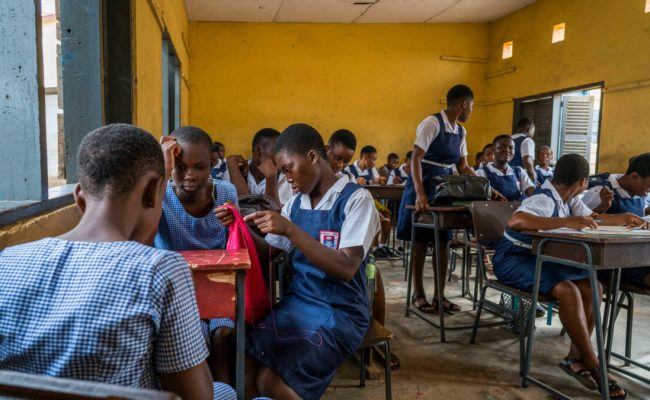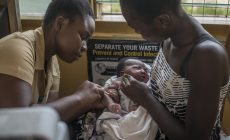About 8 million persons in Ghana are illiterate – Ghana Statistical Service
- Posted on
- Comment

Findings from an upcoming report from the Ghana Statistical Service (GSS) reveal that 7.9 million persons aged 6 years and older in Ghana are illiterate. That is they cannot read and write with understanding.
This figure is broken down into 4.6 million illiterate females and 3.3 million illiterate males, indicating a female disadvantage that has been persistent over time.
The report also finds that between the 2010 and 2021 Population and Housing Censuses (PHC), 1.2 million more illiterate adults (15 years and older) were added to the population – from 4.3 million in 2010 to 5.5 million in 2021.
Ghana has lower levels of adult literacy compared to its comparators (lower middle-income and sub-Saharan African countries), after three years of the provisions on illiteracy captured in the Education Strategic Plan (ESP) 2018-2030.
This has necessitated the production of the 2021 PHC Thematic Report Brief on Illiteracy in Ghana which will be released later this month. The report provides direction for stakeholders to target hotspots and drivers of illiteracy in Ghana as it focuses on three broad areas; trends, patterns and correlates of illiteracy.
An earlier report, the 2021 PHC General Report on Literacy and Education which presents data on literacy in English and local languages, current school attendance, and educational attainment disaggregated by sex, region and type of locality, is available to download from www.census2021.statsghana.gov.gh
-Graphic








 (Selorm) |
(Selorm) |  (Nana Kwesi)
(Nana Kwesi)